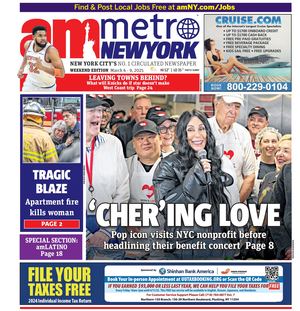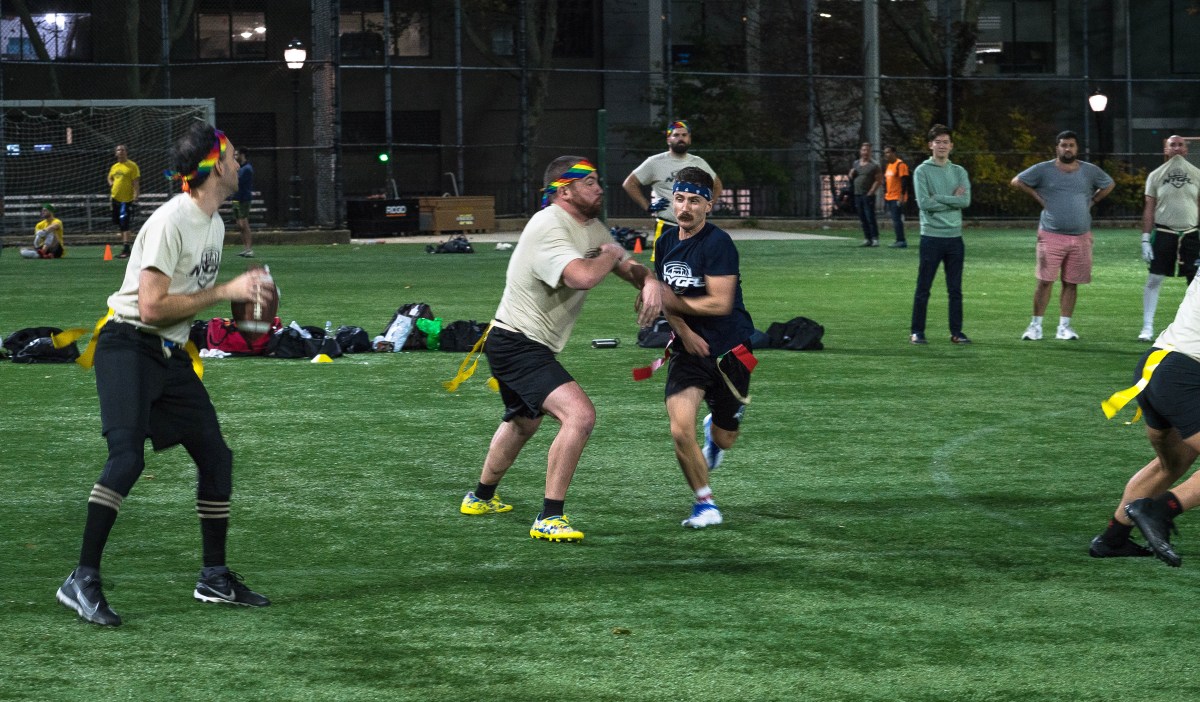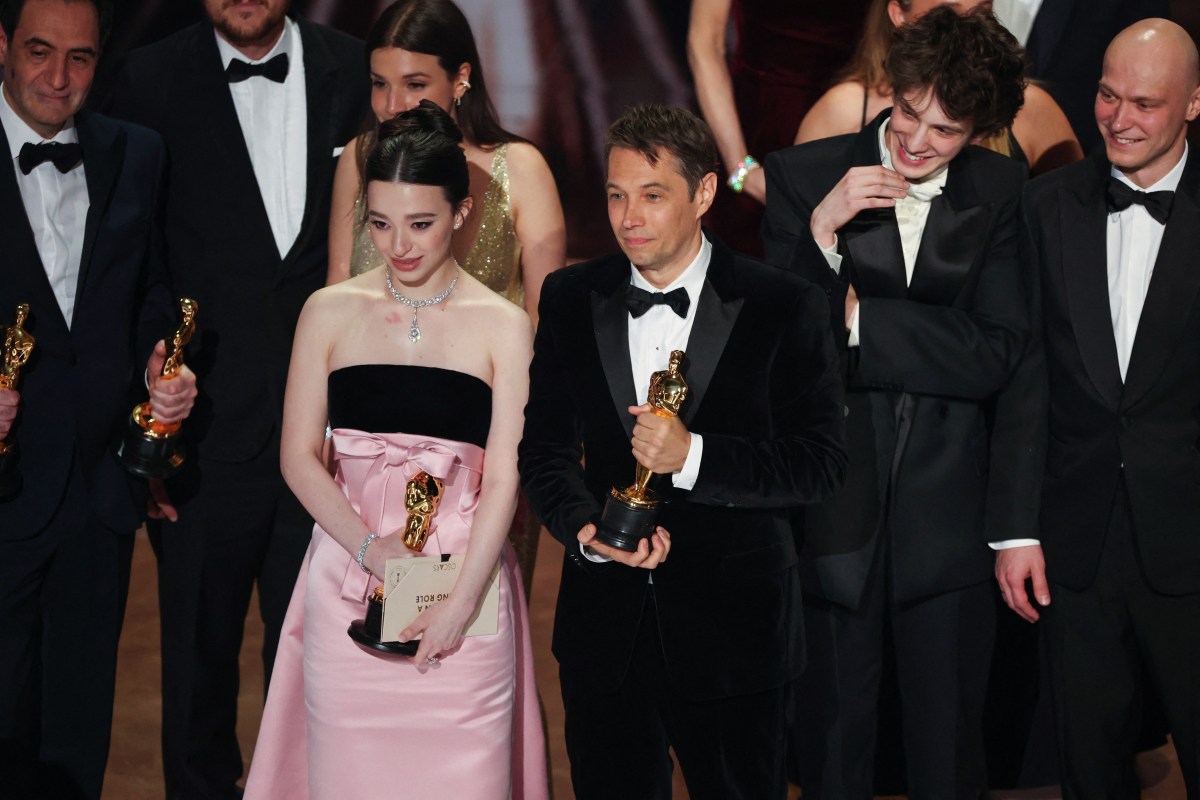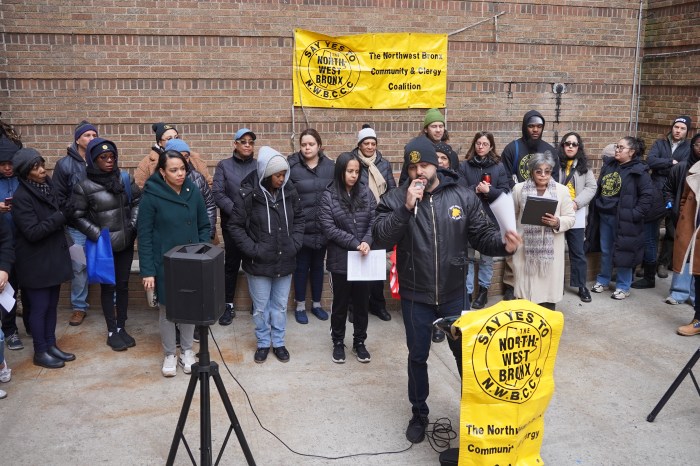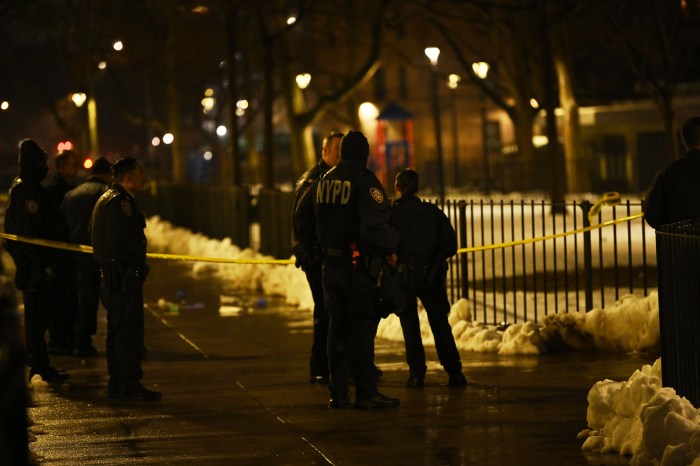
New Yorkers love to bicker about bicycles. There are too many. There aren’t enough. Why is — or isn’t — there a bike lane here?! While these battles are ongoing, they are hardly original.
“Cycling in the City,” the new fact-filled and fun exhibit at the Museum of the City of New York, shows that the current arguments are merely the latest cycle (ugh!) of opposition in the 200-year relationship between NYC and bikes.
“One of the main themes of the show is the contentiousness and the ways in which the bicycle really riles people up on both sides, people who are advocates and people who are critics,” said Evan Friss, a history professor at James Madison University and guest co-curator for the exhibit.
Friss, who has written extensively on the relationship between bicycles and cities, added it’s not always even about the bikes or the bikers, “it really often serves as a kind of metaphor for fights over space, fights about politics, fights about who belongs where.”

At the center of the exhibit are a dozen (mostly) two-wheelers dating back 150 years, including a 1869 New York-built Pickering velocipede with velvet seat, gold leaf accents, and wooden rims and spokes. There’s also a tandem tricycle from 1895 which seats the happy couple beside each other instead of in-line.
Such alignment would have been especially prized in the late-19th-century when the primary purpose of biking was social, notably along Broadway north of Columbus Circle, a cycling hot spot known as “the Boulevard.”
“It was a place to see and be seen,” Friss said. A traffic count in May 1896 registered an astounding 14,000 cyclists on the Boulevard over a 16-hour period.
The exhibit documents where cyclists could and couldn’t go over the years, from the 1800s ban on bikes in Central Park through Mayor Ed Koch’s August 1987 ban of bikes on some Midtown streets. It also discusses the 58.75 miles of bike lanes proposed by Parks Commissioner Robert Moses in 1938, a “forgotten and invisible part of the Moses era” that Friss said is not even mentioned in Robert Caro’s massive biography of Moses, “The Power Broker.”
Among the show’s other highlights are discussions of bike messengers, particularly in the late 1980s when their numbers reached around 5,000, before technology began to ease demand; the infamous six-day races that took place at a Madison Square Garden velodrome, where cyclists battled exhaustion and hallucinations to see how far they could go on how little sleep (eventually mandating two-man teams); and a digitized bicycling diary from an Upper East Side resident in 1895 who talks about cycling on dates, as well as the time he “ran down an old woman” and the day he “ran a man down,” though thankfully neither were hurt.
If you go
"Cycling in the City" runs through Oct. 6 at the Museum of the City of New York, 1220 Fifth Ave., mcny.com.
